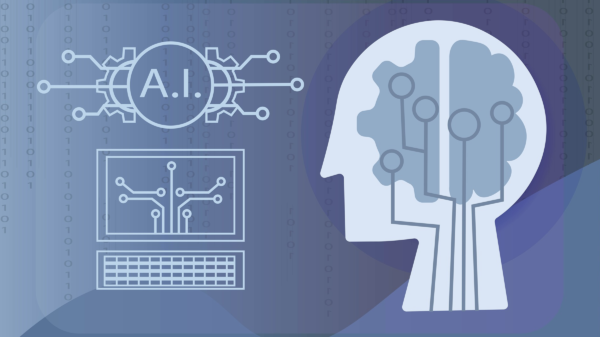Cybersecurity Advancements: AI as a Real-Time Defense Against Cyber Threats
The Rising Demand for Advanced Cybersecurity Solutions As digital transformation accelerates across industries, the frequency and sophistication of cyber threats are increasing dramatically. This surge in cybercrime, from ransomware to phishing attacks, has driven companies to adopt AI-based cybersecurity tools as a critical component of their defense strategies. Traditional, human-led cybersecurity measures are often too slow to respond to rapidly evolving threats. AI-powered solutions, however, can monitor, analyze, and react to attacks in real time, making them indispensable in today’s cybersecurity landscape.
Real-Time Threat Detection and Response with AI
One of the primary advantages of AI-based cybersecurity tools is their ability to detect and respond to threats as they happen. Using machine learning algorithms, these tools can scan vast amounts of data, identify suspicious activity, and implement countermeasures within seconds. For example, AI can detect unusual login patterns, alert administrators, and even block access to prevent unauthorized intrusions. This rapid response capability allows organizations to minimize damage and maintain the integrity of their systems, effectively stopping threats before they can escalate.
Data Analysis at Unprecedented Scale
Cybersecurity AI tools excel at analyzing large volumes of data at speeds far beyond human capabilities. In a typical network, data is constantly flowing in from multiple devices and endpoints, creating a vast dataset to monitor for potential vulnerabilities. AI systems can process this data in real time, identifying patterns and trends that may signal an impending attack. By automating data analysis, AI reduces the workload on cybersecurity teams, enabling them to focus on more complex aspects of threat prevention and response.
Predictive Threat Intelligence
AI-based cybersecurity tools are not only reactive but also predictive. By learning from past cyber incidents, AI can identify patterns that may indicate future attacks. This predictive capability enables organizations to strengthen their defenses proactively, anticipating and preparing for emerging threats. For example, AI might analyze patterns from previous phishing attempts to predict which email formats or messages are likely to be part of new phishing schemes. This intelligence is invaluable for businesses aiming to stay ahead of cybercriminals and protect sensitive data.
Automated Incident Response
In addition to threat detection, AI enables automated incident response, minimizing the need for human intervention in routine security tasks. When a threat is detected, AI can immediately initiate defensive actions, such as isolating infected systems or blocking malicious IP addresses. This automation significantly reduces response time and limits the potential impact of an attack. Automated incident response is especially beneficial for organizations with limited cybersecurity resources, as it allows them to maintain strong defenses without requiring large teams of security professionals.
Improved Accuracy and Reduced False Positives
Traditional cybersecurity systems often generate numerous false positives, overwhelming IT teams with alerts that may not indicate actual threats. AI helps reduce these false positives by using advanced algorithms to better distinguish between benign and malicious activities. This accuracy not only reduces alert fatigue among security teams but also ensures that genuine threats are addressed promptly. By minimizing false alarms, AI enables cybersecurity professionals to use their time more effectively, focusing on incidents that truly require their attention.
Conclusion: AI’s Growing Role in Cybersecurity
As cyber threats continue to evolve in both frequency and complexity, AI-based cybersecurity tools are becoming an essential defense mechanism for modern organizations. By detecting threats in real time, analyzing data at scale, and automating responses, AI provides a level of agility and precision that traditional methods cannot match. With predictive intelligence and reduced false positives, AI not only strengthens defenses but also enables cybersecurity teams to operate more efficiently. As the digital landscape grows more complex, AI will remain at the forefront of cybersecurity, safeguarding businesses and individuals alike.




































